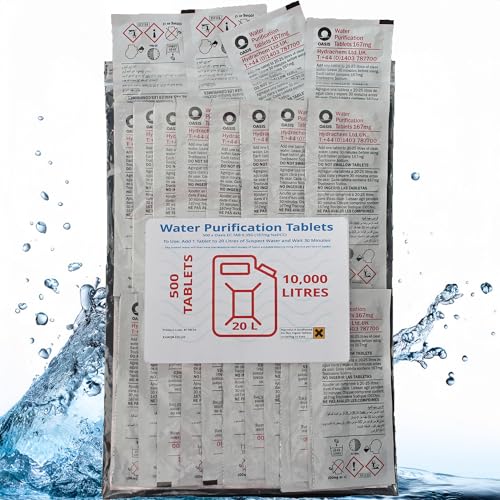Understanding Pool Tables: Types and Features Explained
Types of Pool Tables
When we think of pool tables, several types come to mind, each designed for different gaming experiences. The most common are billiard, pool, and snooker tables. A billiard table usually features a smooth surface and no pockets, perfect for the game of straight-rail or cushion carom. Pool tables, on the other hand, have pockets and come in various sizes, making them ideal for games like eight-ball and nine-ball. Lastly, snooker tables are larger with smaller pockets, intended for the game that features higher scoring and more precision.
Features to Consider
Each pool table comes with a set of features that can affect your gameplay. For example, the surface material can vary from cloth to felt, which impacts speed and ball control. The frame construction is also essential; solid hardwood frames typically provide unparalleled stability and longevity compared to particle board models. Additionally, look for good-quality cushions, as they determine how the balls rebound off the edges, influencing your strategic plays.
Key Considerations Before Buying a Pool Table
Space Availability
Before we rush into a purchase, let’s consider the space we have available. Ideally, we want to ensure at least five feet of clearance around the table for players to comfortably take their shots without feeling cramped. This means measuring not only the table size but also factoring in cues and player movement. A smaller table may fit a tighter space but might not provide the full pool experience.
Skill Level and Usage
Our level of experience and how we plan to use the table can influence our choice significantly. If we are beginners or planning casual use, an entry-level table might suffice. However, if we see ourselves improving or hosting regular games, investing in a higher-quality model would be worthwhile. Understanding our commitments will guide us toward the right type.
Maximising Your Space: Choosing the Right Size Pool Table
Determining the Right Size for Your Room
When selecting a pool table, we need to think in terms of size and usability. A standard full-size pool table measures 8 feet long, but we can also consider 7-foot or even 9-foot options based on room size. For instance, in a compact area, a 7-foot table might provide the best fit, ensuring we can enjoy the game without awkward angles or restricted movement.
Visualisation Techniques
To visualise how a table will fit, we can use simple techniques, like marking the table’s dimensions on the floor with tape or paper. This helps us see the actual space it will occupy and how it impacts our room layout. Remember, a well-fitted table enhances our enjoyment by allowing for free movement.
Budgeting for Your Pool Table: What to Expect
Understanding Pricing Tiers
Pool tables come in a vast pricing spectrum, so understanding the key factors affecting cost is essential. Entry-level tables may start around a few hundred pounds, typically made of lower-grade materials. Mid-range options provide a good balance between quality and price, generally falling between £800 and £2,000. Premium tables, made from quality hardwoods and professional-grade components, can run significantly higher. Factor in our commitment level and how often we’ll be using it to guide our spending.
Including Additional Costs
Beyond the initial price of the table, we must account for additional expenses like delivery, installation if needed, and accessories such as cues, balls, and a cover. Depending on the type of table and brand, these extras can range from a few dozen quid to several hundred. Being aware of these aspects ensures no hidden surprises in our budget.
Maintaining Your Pool Table: Tips for Longevity
Regular Cleaning and Care
To keep our pool table in excellent condition, regular cleaning is crucial. We should use a specialised brush to keep the felt free of dust and debris, along with a vacuum attachment for hard-to-reach areas. Spills and stains should be addressed immediately, using only appropriate cleaning products to prevent damage.
Protective Measures
Investing in protective measures can significantly prolong our table’s life. Using a table cover when not in use will keep dust and moisture away. Additionally, placing coasters for drinks and avoiding sharp objects nearby can prevent damage. Regularly checking the level of the table and adjusting it can also maintain optimal play conditions for years to come.





























